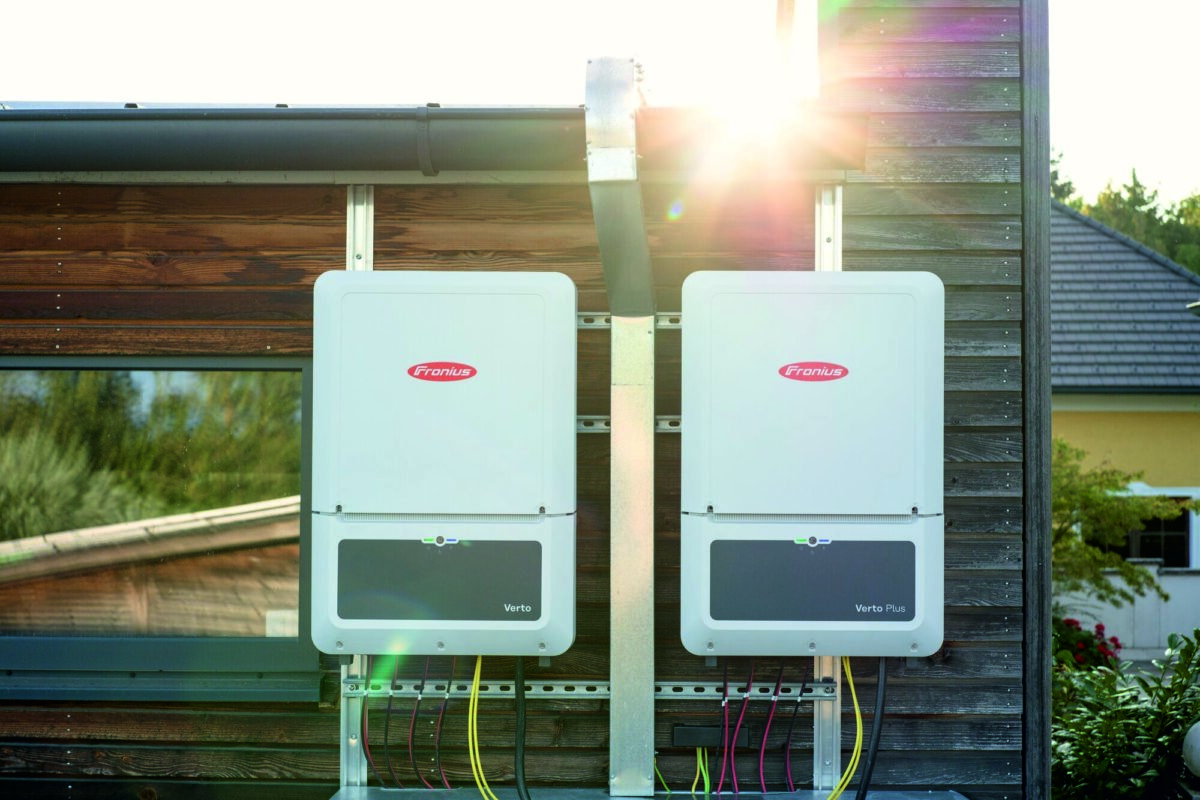A group of researchers from the Polytechnic University of Milan and Italian consultancy Vector Renewables has developed a comprehensive simulation framework for optimizing agrivoltaic systems in open-field configurations.
This integrated approach allows for the concurrent analysis of the crucial design parameters, that impact both crop and energy performance, unlike previous studies that investigate these elements separately,” the research's corresponding author, Andrea Di Zio, told pv magazine. “By varying such parameters with a sensitivity analysis, 60 system configurations are investigated, with either fixed-tilt structures or single-axis tracking. We also considered different module orientations, as well as various ground cover ratios (GCRs) from 0.2 to 0.6, heights from the ground from 0.5 m to 2.5 m, crop arrangements and types.”
The researchers explained that the proposed modeling framework is already widely used by the industry, but that it was refined by adding crop yield response curves for multiple crops under agrivoltaic systems. It can compare multiple crops analyzing if they are shade-benefiting, shade-tolerant, or shade-sensitive.
“Starting from the energy source, the distribution of solar irradiance is assessed with a sophisticated tool utilizing ray-tracing techniques to calculate the spatial distribution of solar radiation not only on the PV modules but also, crucially, at ground level, where crops are planted,” Di Zio stressed. “This precise assessment is vital for accurately determining the shading patterns created by the PV system on the crops beneath. The framework notably accounts for albedo as well, a key factor for bifacial PV systems.”
Building on this irradiance assessment, the shading patterns that emerge are incorporated into the framework to model the response of crops. The light availability and land occupation constraints due to the different designs of the agrivoltaic system are taken into account to estimate crop yield for different crops, specifically lettuce, turnip, and maize.
Once the electricity production coming from the PV modules is also assessed, the performance metrics for the agrivoltaic system as a whole are obtained. “Our findings show that land productivity values evaluated via the land equivalent ratio (LER) are well above the unitary value in most configurations, showing the opportunity for greater efficiency of dual land use over single land use when design practices are adapted to the new requirements of the system,” Di Zio concluded.
The framework was introduced in the paper “Optimizing agrivoltaic systems: A comprehensive analysis of design, crop productivity and energy performance in open-field configurations,” which was recently published in Applied Energy. “This research aims to contribute to the development of standardized design practices and decision-support tools for agrivoltaic systems, supporting their broader adoption as a sustainable land-use solution,” the academics said.
This content is protected by copyright and may not be reused. If you want to cooperate with us and would like to reuse some of our content, please contact: editors@pv-magazine.com.




By submitting this form you agree to pv magazine using your data for the purposes of publishing your comment.
Your personal data will only be disclosed or otherwise transmitted to third parties for the purposes of spam filtering or if this is necessary for technical maintenance of the website. Any other transfer to third parties will not take place unless this is justified on the basis of applicable data protection regulations or if pv magazine is legally obliged to do so.
You may revoke this consent at any time with effect for the future, in which case your personal data will be deleted immediately. Otherwise, your data will be deleted if pv magazine has processed your request or the purpose of data storage is fulfilled.
Further information on data privacy can be found in our Data Protection Policy.